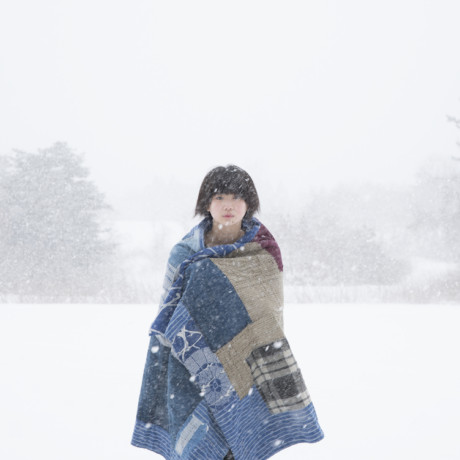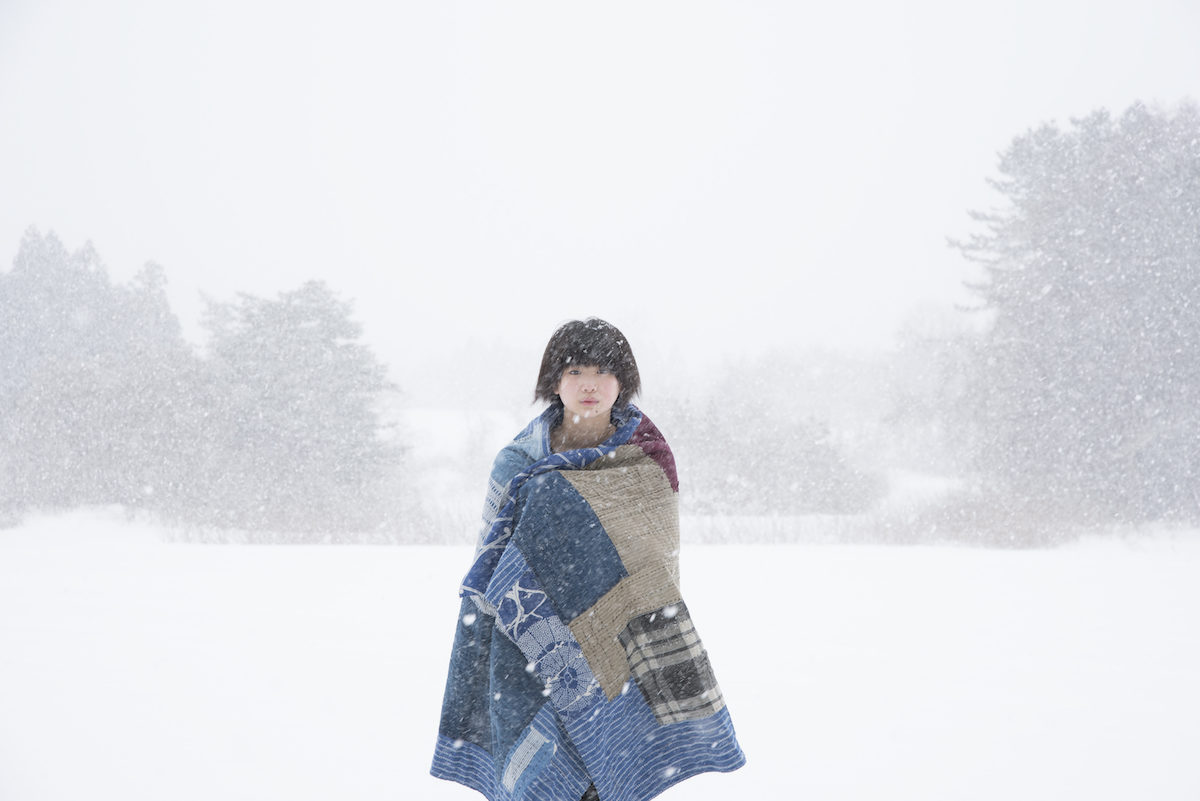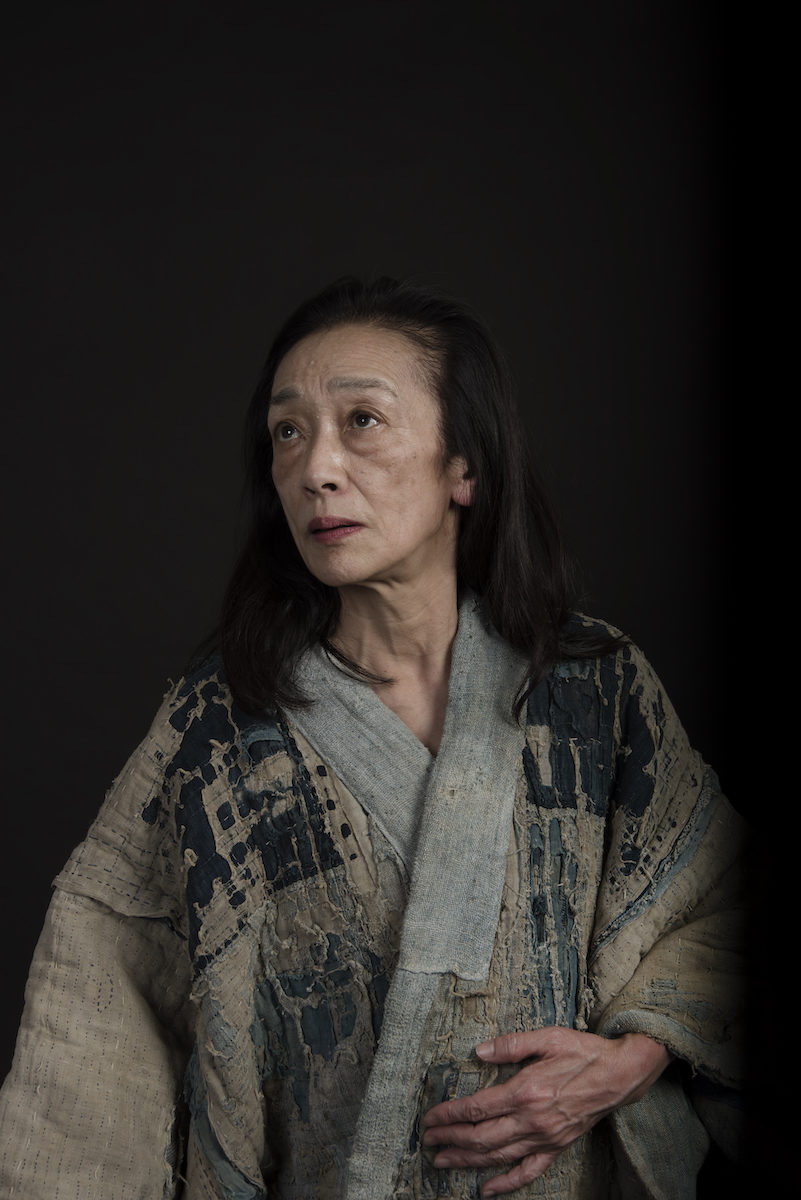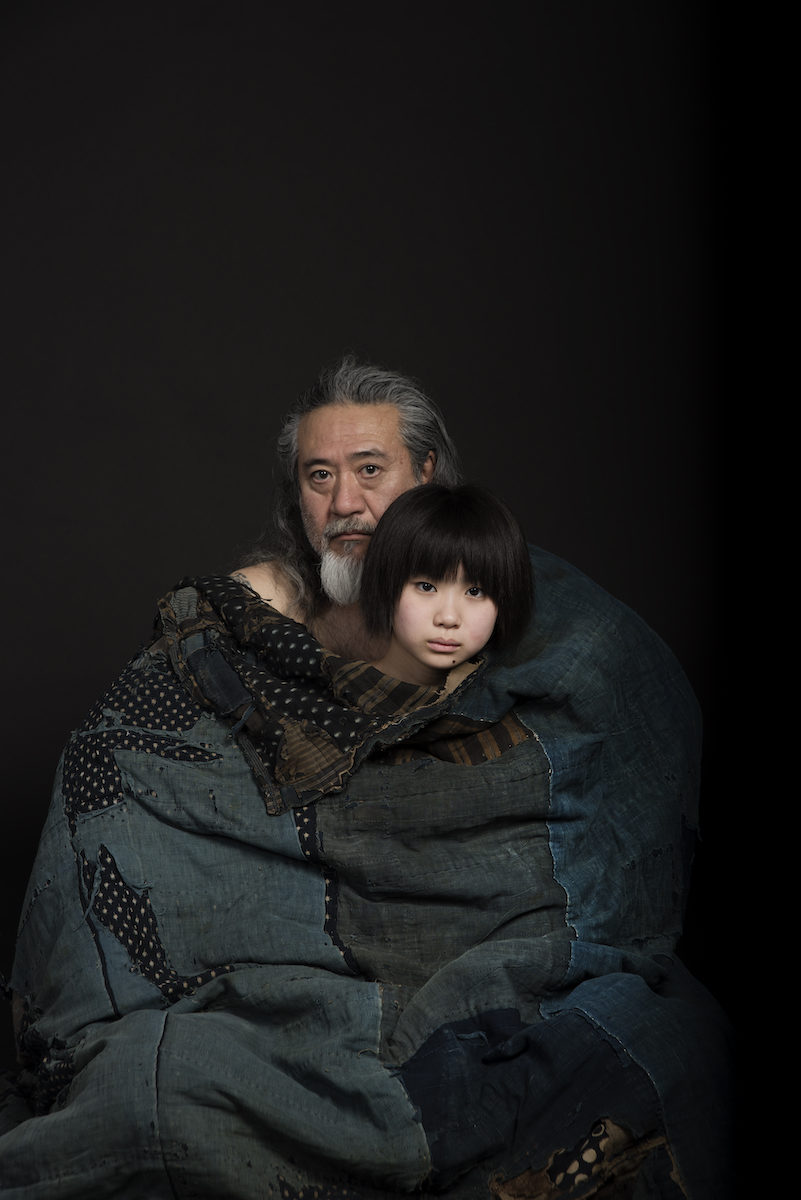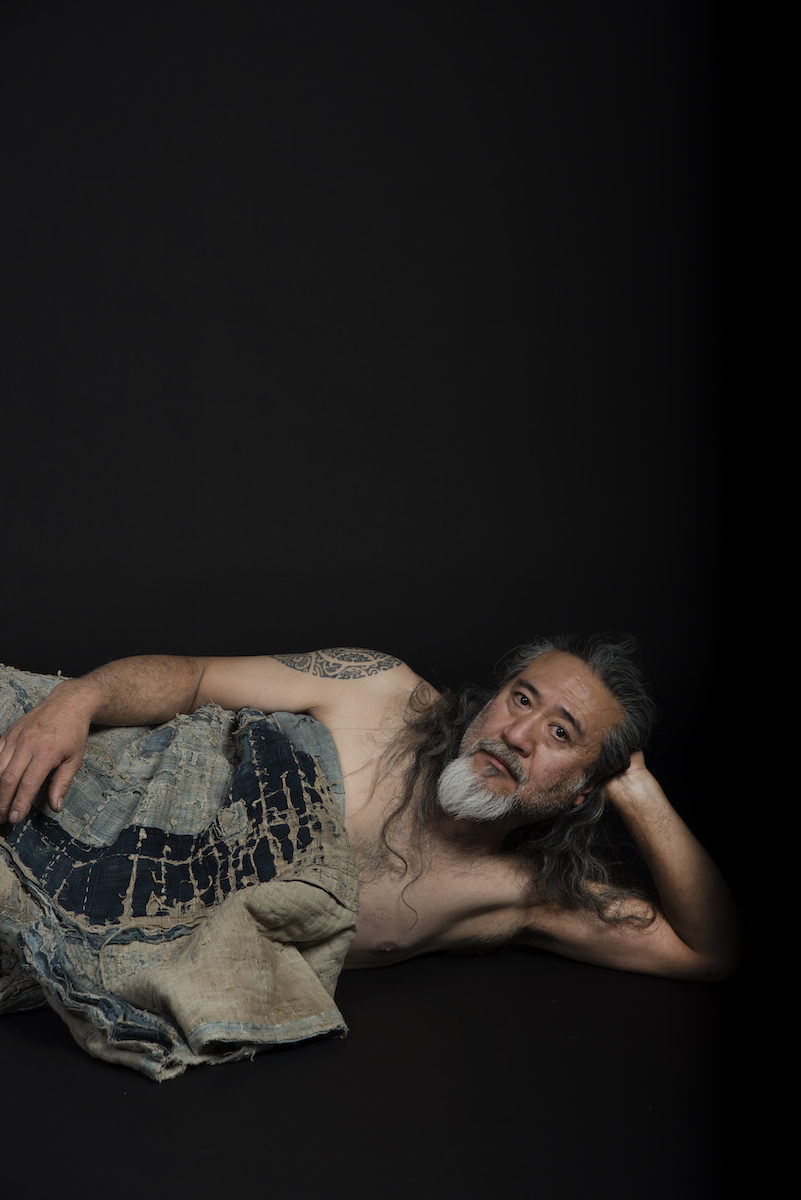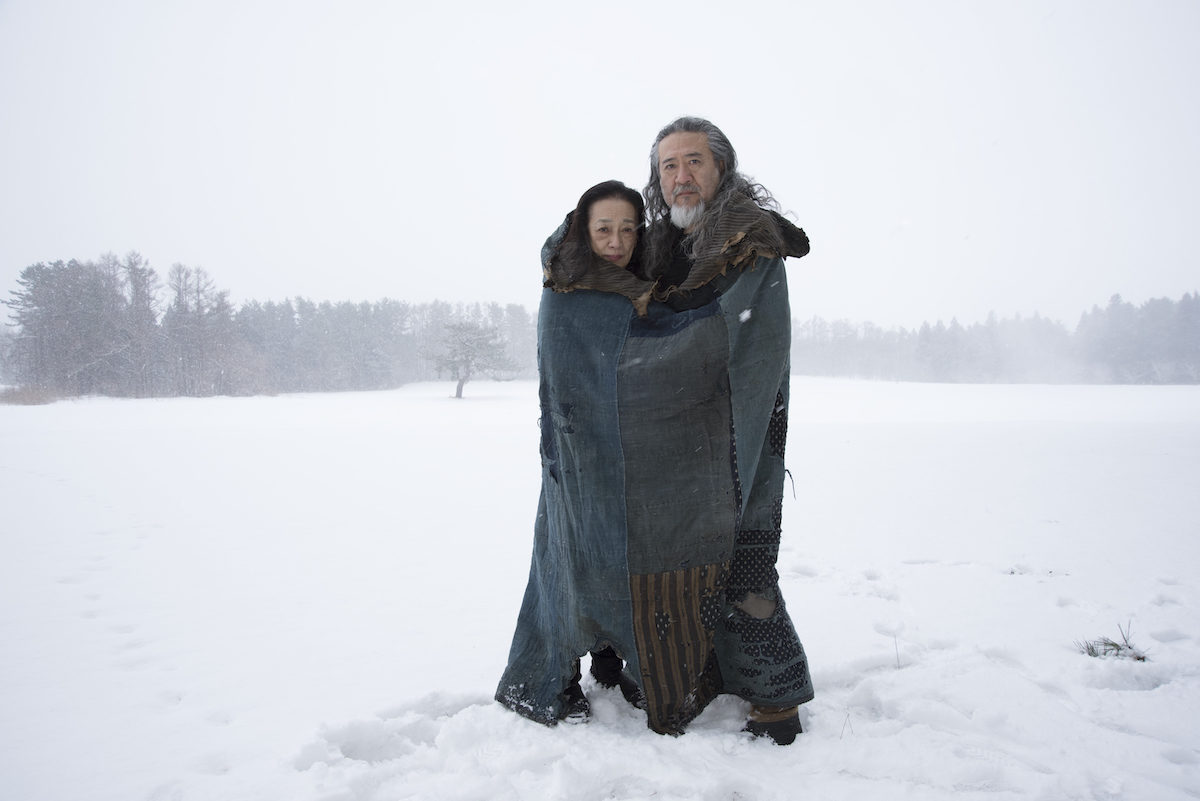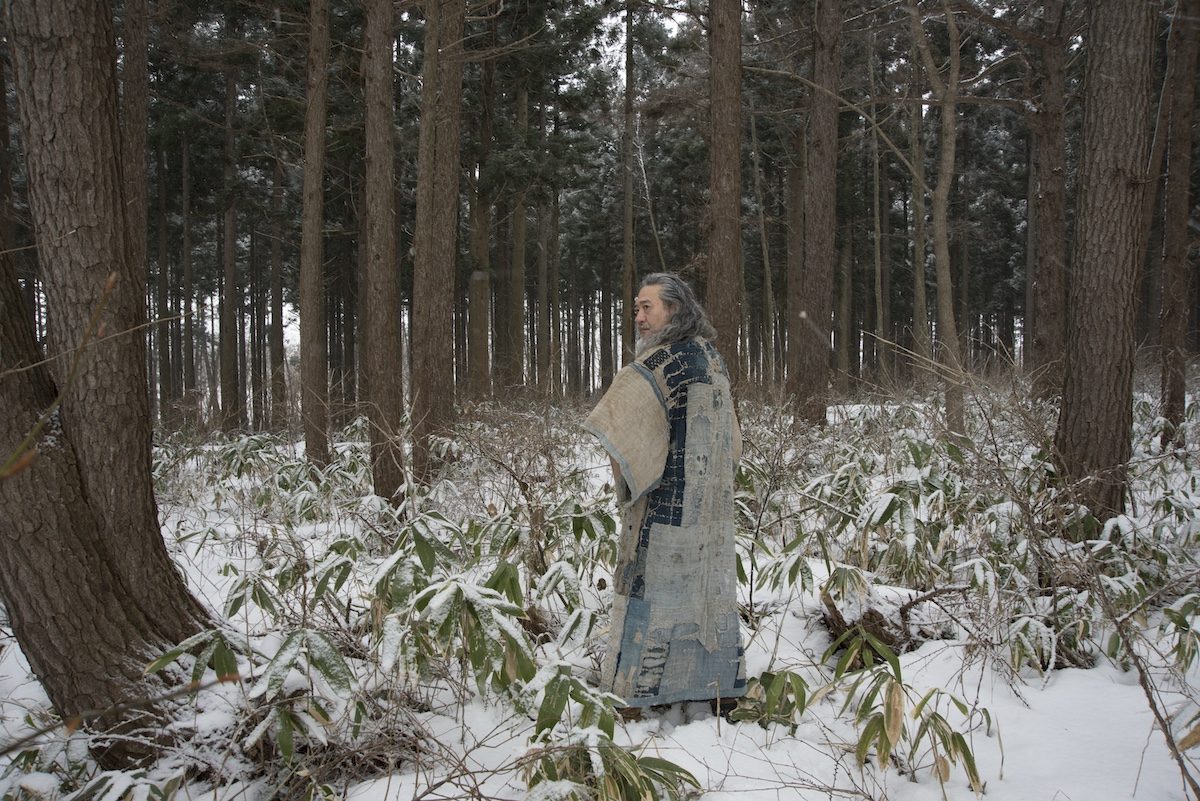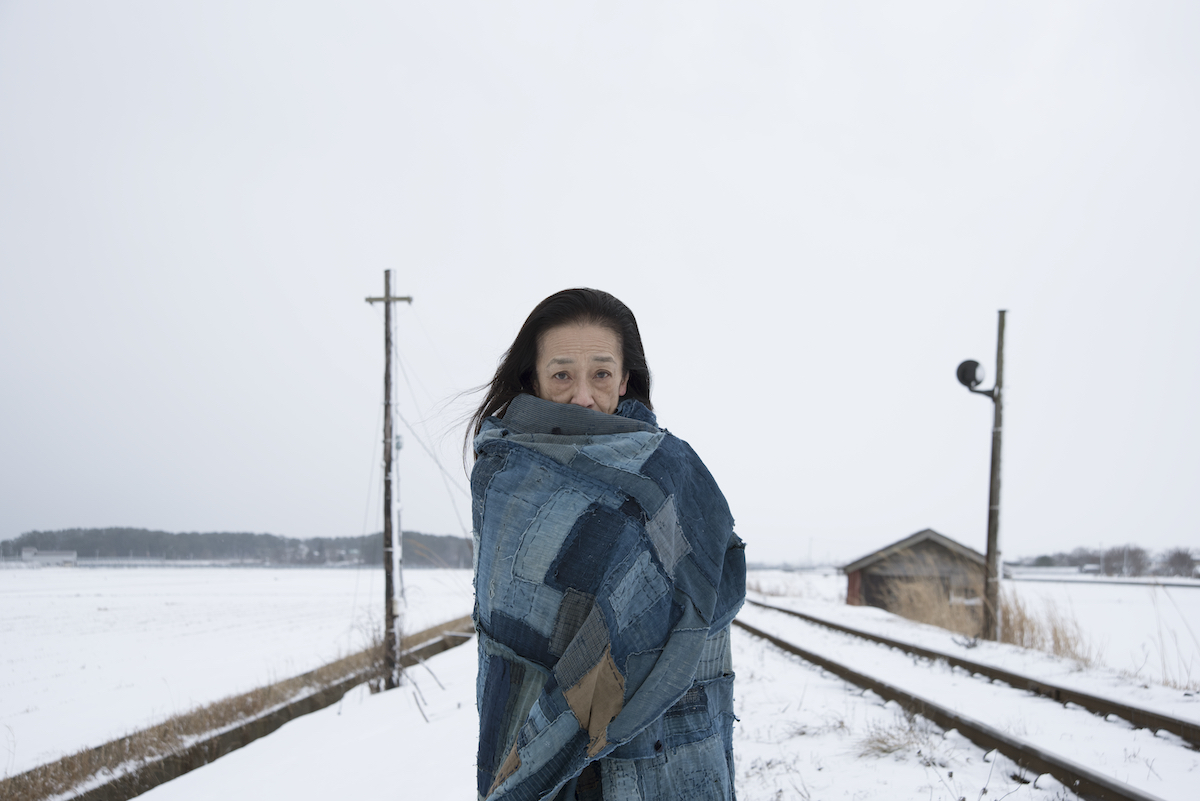
All images © Kyoichi Tsuzuki
“Make do and mend” might be a British idiom, but there is no process that exemplifies the idea more than “boro”. The traditional Japanese method, which roughly translates to “rags” or “tatters” is a process of extensively patching, stitching and mending used hemp fabric, to assure the longevity of and warmth-retaining properties of kimono, blankets and more. Born out of necessity due to poverty and the harsh conditions found in the Tohoku region, these sustainable garments are passed down from generation to generation, as new layers and stitches are added as needed.
Despite their humble beginnings, the distinct blue palette (made by utilizing indigo dyes) and abstract patchwork of boro textiles have become something of a fascination for contemporary designers and artists, including Comme des Garçons, Issey Miyake and Kyoichi Tsuzuki. The photographer is best-known for his intimate images of everyday life, where he documented densely packed living conditions in the influential books Tokyo Style and Happy Victims.
“These sustainable garments are passed down from generation to generation, as new layers and stitches are added as needed”
More recently, he began researching the rich cultural history of boro, turning his lens on locals from Aomori, Tohoku. The three individuals, who are not close relatives, agreed to be photographed wearing Boro garments from the Amuse Museum collection, as Tsuzuki sought to show just how vital and personal these pieces of clothing are, and their significance to traditional considerations of community. The resulting series is on show as part of an exhibition at the Japan Society in New York titled Boro Textiles: Sustainable Aesthetics, which presents a variety of garments alongside contemporary designers and textile artists who have been influenced by the craft.
